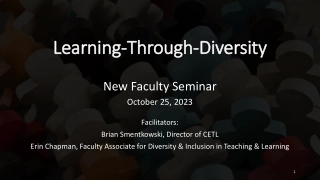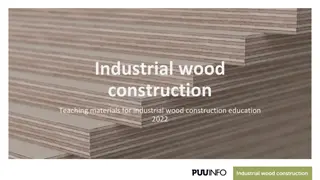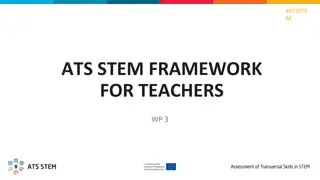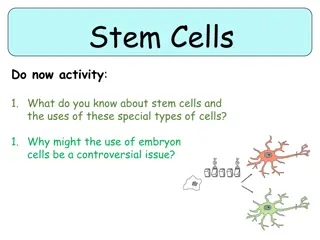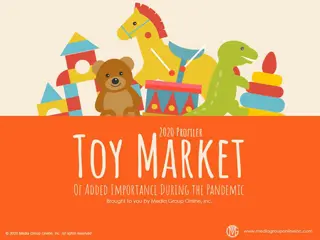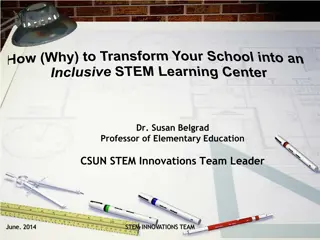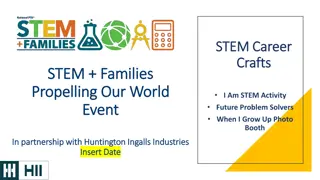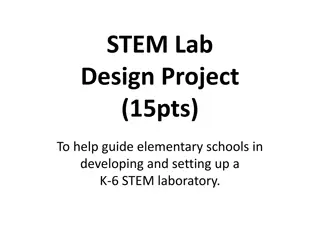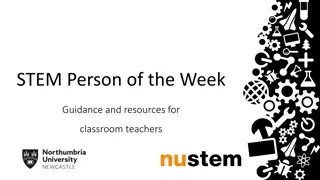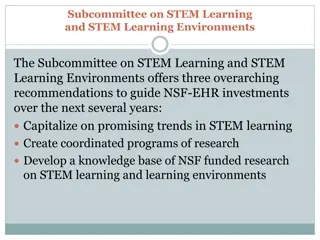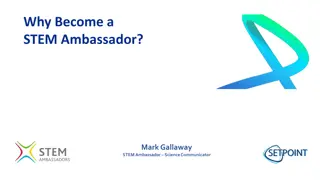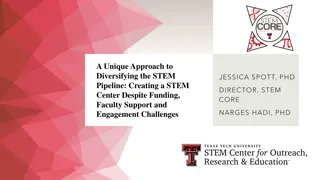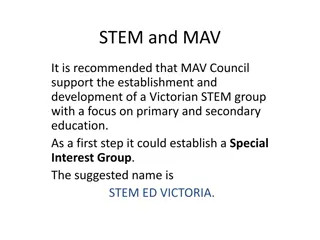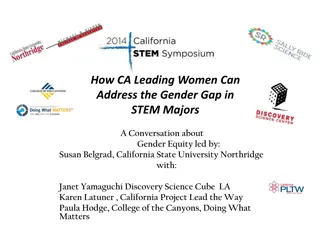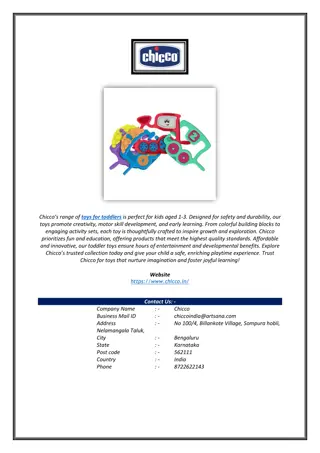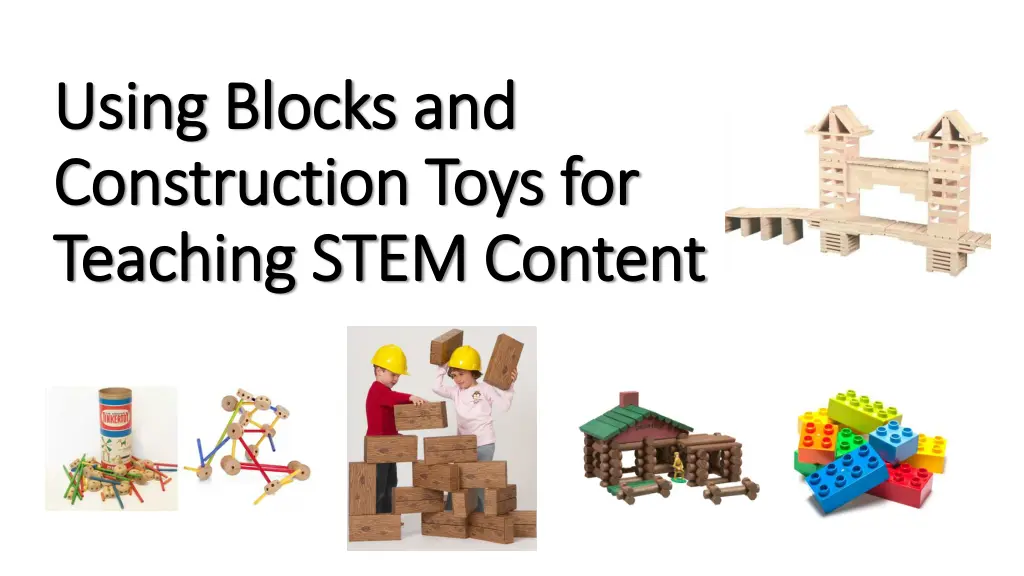
Unlocking STEM Learning Potential with Construction Blocks
Inspiring creativity and problem-solving skills, construction blocks offer a valuable educational tool for teaching STEM concepts. Research indicates that children engaging with construction blocks demonstrate enhanced math skills, spatial intelligence, and social development, leading to better academic performance and cognitive abilities. Discover the benefits of incorporating construction toys in educational settings.
Download Presentation

Please find below an Image/Link to download the presentation.
The content on the website is provided AS IS for your information and personal use only. It may not be sold, licensed, or shared on other websites without obtaining consent from the author. If you encounter any issues during the download, it is possible that the publisher has removed the file from their server.
You are allowed to download the files provided on this website for personal or commercial use, subject to the condition that they are used lawfully. All files are the property of their respective owners.
The content on the website is provided AS IS for your information and personal use only. It may not be sold, licensed, or shared on other websites without obtaining consent from the author.
E N D
Presentation Transcript
Using Blocks and Using Blocks and Construction Toys for Construction Toys for Teaching STEM Content Teaching STEM Content
What are We Talking About? What are We Talking About? oLegos and/or Mega Bloks oK nex oLincoln Logs oKeva Planks oGoldie Blocks oTinker Toys oUnit Blocks oErector Sets oOthers http://blog.parecorp.com/wp-content/uploads/2014/12/GoldieBlox-craftstruction.jpg
Construction Blocks are not as Flashy as Robots Construction Blocks are not as Flashy as Robots oBut, they encourage and augment vastly higher levels of problem solving and creativity oConstruction blocks: oBuild motor skills oBuild hand-eye coordination oBuild spacial skills oDevelop capacity for creative/divergent thinking oBuild social skills oBuild language skills And, they re cheap!
Moreover, Research Suggests that: Moreover, Research Suggests that: oConstruction block time is correlated with advanced math skill development oChildren who show more interest in construction: oBuild more sophisticated structures and perform better on tests of spatial intelligence oAre better able to use mental imagery (the mind s eye) oIncreased spatial/math performance continues into high school oRecreating structures leads to increased capacities for math and word problems
More Research More Research oThe use of construction blocks, leads to: oStronger divergent problem solving skills (convergent = 1 answer, divergent = multiple answers). oMore creativity than students who focus on convergent play (i.e., puzzles) oFriendlier, more social and cooperative students oStudents who use construction blocks tend to develop higher quality friendships later in life oChildren with Autism make larger strides when using CB s than they do when coached with social stories
Results Results oChildren who use CB s tend to score higher in tests of: oVocabulary oGrammar oVerbal comprehension oCreativity oProblem solving oSpatial reasoning oMathematics And, they watch less TV
Mimicking Professional Challenges Mimicking Professional Challenges oChildren building structures face the same physics challenges that architects, engineers, scientists face! oLarge numbers of engineers attribute their interest in CB s as a first motivation to enter the field oRecent study of high achieving STEM graduates (from college) noted that this group was far more likely than the average American to have extensive backgrounds with hands-on crafts and hobbies, including: Woodworking, crafting, sewing, etc.
Correlation Does Not Equal Causation Correlation Does Not Equal Causation oChildren with strong spatial skills are probably drawn to CB s, that alone can t prove that the block time caused the difference oHowever, if you tested all children, then taught lessons using CB s, then tested again, you could determine whether CB s led to increases in spatial skill performance. oNumerous studies have proven this causation through long-term research: oWolfgang et al., 2003 oCasey, et al., 2008 oGrissmer, et al., 2013 oVerdine, et al., 2013
History of Construction Blocks in Education History of Construction Blocks in Education o The natural world has provided abundant building materials (Stones, Sticky burdock, Twigs) which have been connected to learning. o Evidence of this has been dated back to Plato (429-347 B.C.) o U.S. and European manufacturers began making wooden blocks as a sideline to their main woodworking or printing business. o The first centers on the building unit focused on letters, words, or narratives. The second addressed the act of building and constructing. The third focused on cultural heritage and modeling specific architecture. o The advancement of blocks can be seen in electronics as well. Lego Mindstorms uses programmable bricks to control simple robotics. o It is important to remember that we cannot understand until we take apart, examine, and rebuild. Children need an environment with open-ended materials and teachers who understand, encourage, build on, and even participate in this basic and complex mode of learning.
Construction blocks have probably been in schools for more than 100 years, but there is still rich potential for using building blocks as a learning tool. The idea that something so simple can be used to teach complex STEM ideas is only beginning to be understood.

